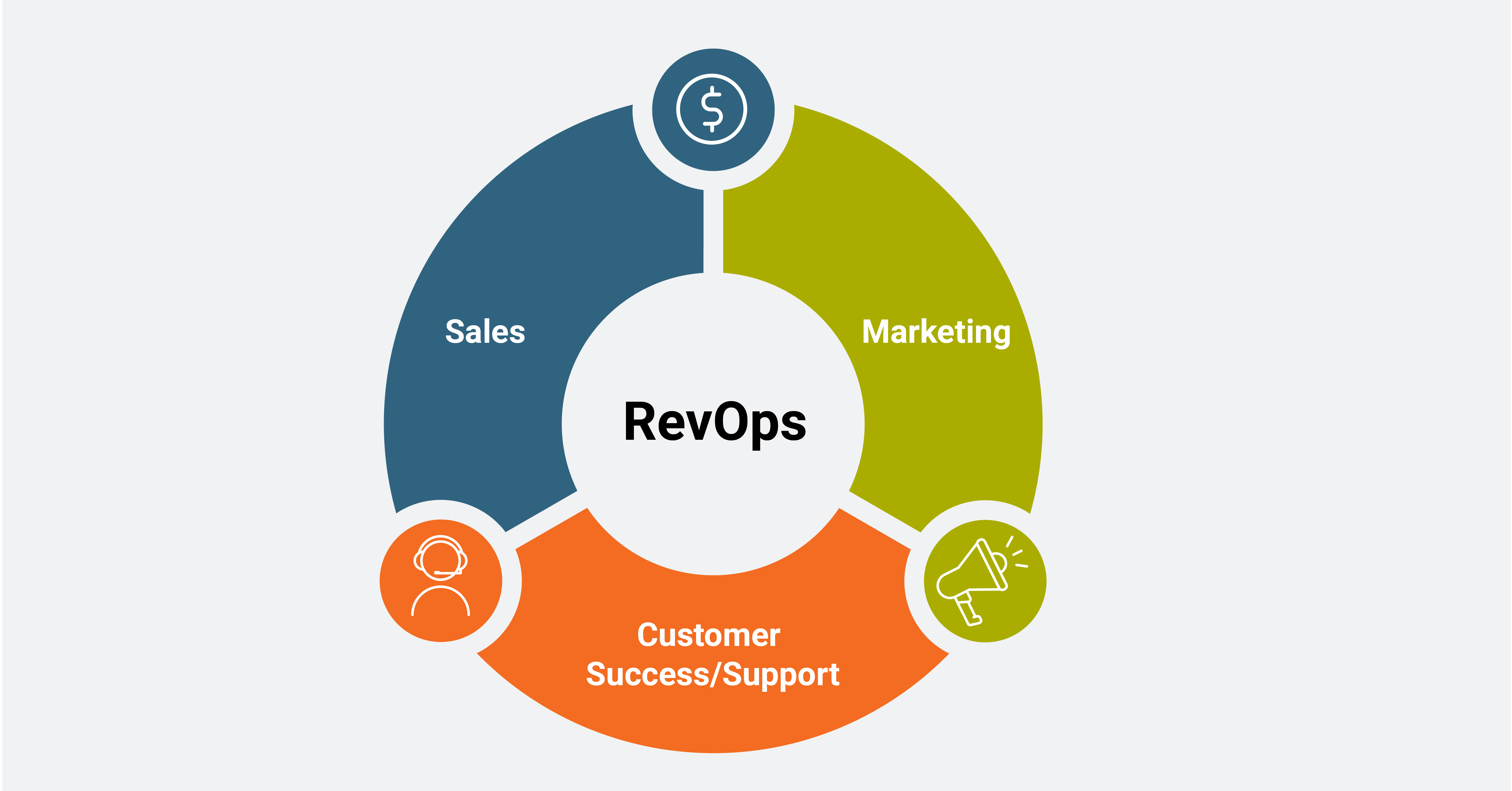Unusual names are a tradition in Silicon Valley, but
Splunk
might take the cake. The software firm got its name from spelunking, or the exploration of caves. It’s one way to think about Splunk’s mission: peer into the dark; there are riches within.
Splunk (ticker: SPLK), founded in 2003, mines for nuggets of information within corporate networks—everything from system performance to bugs and errors. The company began by making the data searchable. Over time, it found ways to uncover issues in real time.
Today, Splunk helps customers improve the performance of computing systems, an area the industry calls observability; helps developers write and deploy better software, what software types call DevOps; and provides insights into system security and compliance.
Revenue rose more than 10 times from the January 2013 fiscal year through fiscal 2020, reaching $2.3 billion. On an adjusted, non-GAAP basis, Splunk grew profits to $1.88 a share in fiscal 2020 from 18 cents in fiscal 2016. But the numbers went askew in fiscal 2021, derailing the stock and creating an opportunity for intrepid investors.
The recent trouble was a long time coming. Splunk was created before the cloud era. When CEO Doug Merritt took the top job in 2015, the company was growing sales nearly 50% a year. But it came from software that was all “on premise,” meaning that it ran in customer data centers and was paid for via perpetual licenses. It was an old-fashioned approach.
Merritt says the computing world was shifting to the cloud, and Splunk wasn’t ready. “It felt like a 1990s company, but with a cool sexy product and a funky name,” he says.
Merritt knew that machine learning and artificial intelligence were key to the company’s long-term success, but Splunk’s intelligence gathering was limited because its software sat behind the customers’ firewalls.
Splunk pushed clients to move into the cloud and shift to a subscription-based model. Two years ago, the company sold its last perpetual license, which had been paired with annual maintenance contracts for upgrades and support. Some customers chose multiyear term contracts, while others moved to subscriptions.
With perpetual and term licenses, Splunk Chief Financial Officer Jason Child explains, most revenue is recognized upfront. With subscriptions, revenue is spread over the life of the contract. In the long run, investors like subscriptions, which provide more predictable revenue. But the transition always comes with near-term pain.
For Splunk, that pain came late last year, when the company reported its fiscal third-quarter results. Revenue came in short of the company’s forecast, falling 11% from a year earlier. Slower information-technology spending amid the Covid-19 pandemic was a contributing factor, but the big issue was an acceleration in the subscription shift. Investors threw in the towel. On Dec. 3, the day after the earnings report, Splunk fell 23%, clipping its market value by $8 billion.
When Splunk reported its full-year results on March 3, revenue was down 5%, snapping a string of 30%-plus growth years going back to the company’s initial public offering in 2012. “Last year, we went through what transformation experts like to call the valley of death,” Child says. “We had negative revenue, negative margin, negative cash flow…and now this year, you’ll start to see things get better.”
Investors haven’t yet bought in. At a recent $135, the stock is down almost 40% from last summer’s peak.
Child says revenue has become a misleading measure of Splunk’s growth. He would like investors to focus on annual recurring revenue, or ARR, a non-GAAP metric popular with cloud businesses; it shows the company’s subscription success. In the January quarter, Splunk’s revenue fell 6% from a year ago, but ARR was up 41%, to $2.36 billion. Cloud-based ARR—the heart of the growth story—was up 83%, to $810 million.
Splunk stopped providing guidance during the pandemic, but Child points out that Wall Street analysts think Splunk can grow ARR as much as 40% for years to come, topping $5 billion in fiscal 2025. By then, says Child, the Street is projecting that more than 80% of revenue will come from the cloud. That puts Splunk on track to be one of the world’s biggest cloud companies. It isn’t valued that way.
Datadog
(DDOG), projected to grow 38% in the coming year, trades for 31 times estimated sales.
Dynatrace
(DT), with 24% projected growth, trades for 17 times sales; and
Elastic
(ESTC), with 26% projected growth, trades for 14 times sales. Splunk, which should outgrow all of them, trades for less than nine times.
Brook Dane, a portfolio manager with Goldman Sachs Asset Management, which owns Splunk stock, says the business-model changes have made it harder for investors to project Splunk’s future, an issue compounded by Splunk withdrawing its long-term guidance. But looking out 18 to 24 months, Dane sees a company with “very attractive growth,” winning new business and expanding into new markets. He thinks the stock can eventually trade at a much higher multiple.
Morgan Stanley analyst Keith Weiss likewise remains steadfastly bullish. “Low investor expectations and a reasonable multiple frame an attractive risk/reward for Splunk.” He has a price target of $213 on the stock, nearly 60% above its recent close.
With those potential gains, Splunk is surely worth deeper exploration.
Write to Eric J. Savitz at [email protected]




